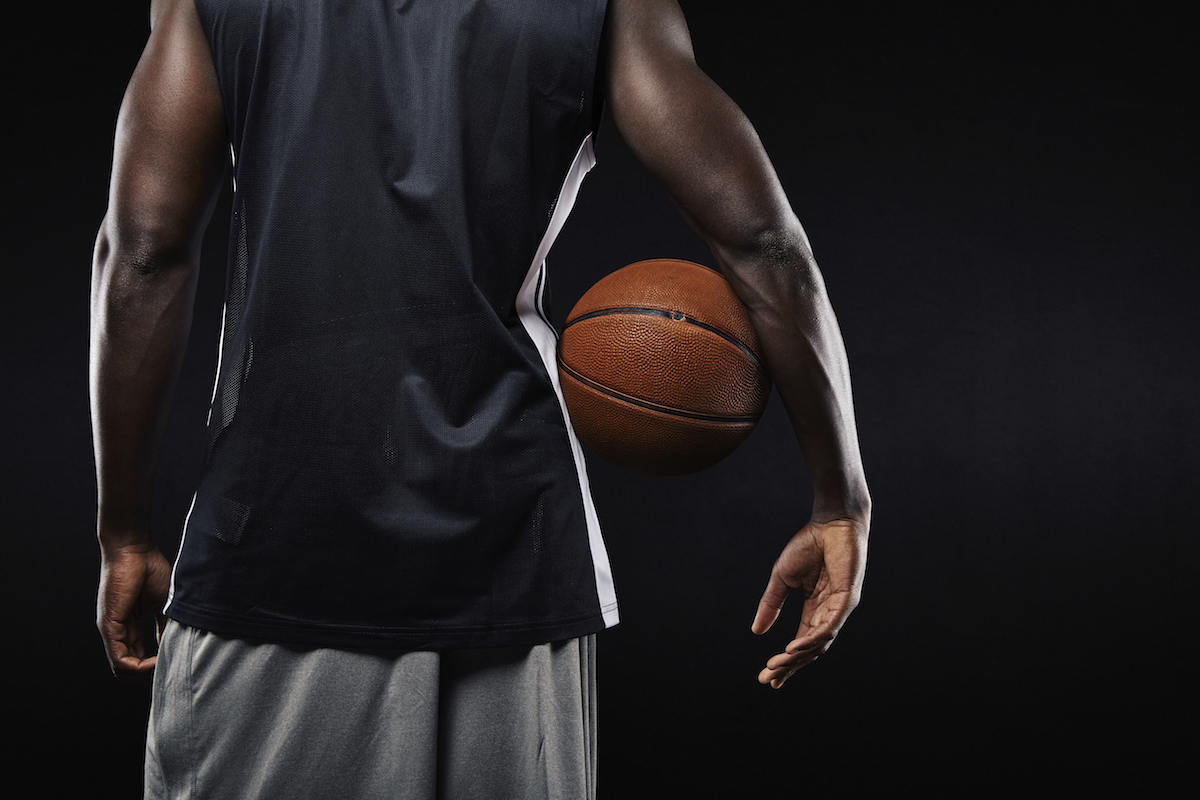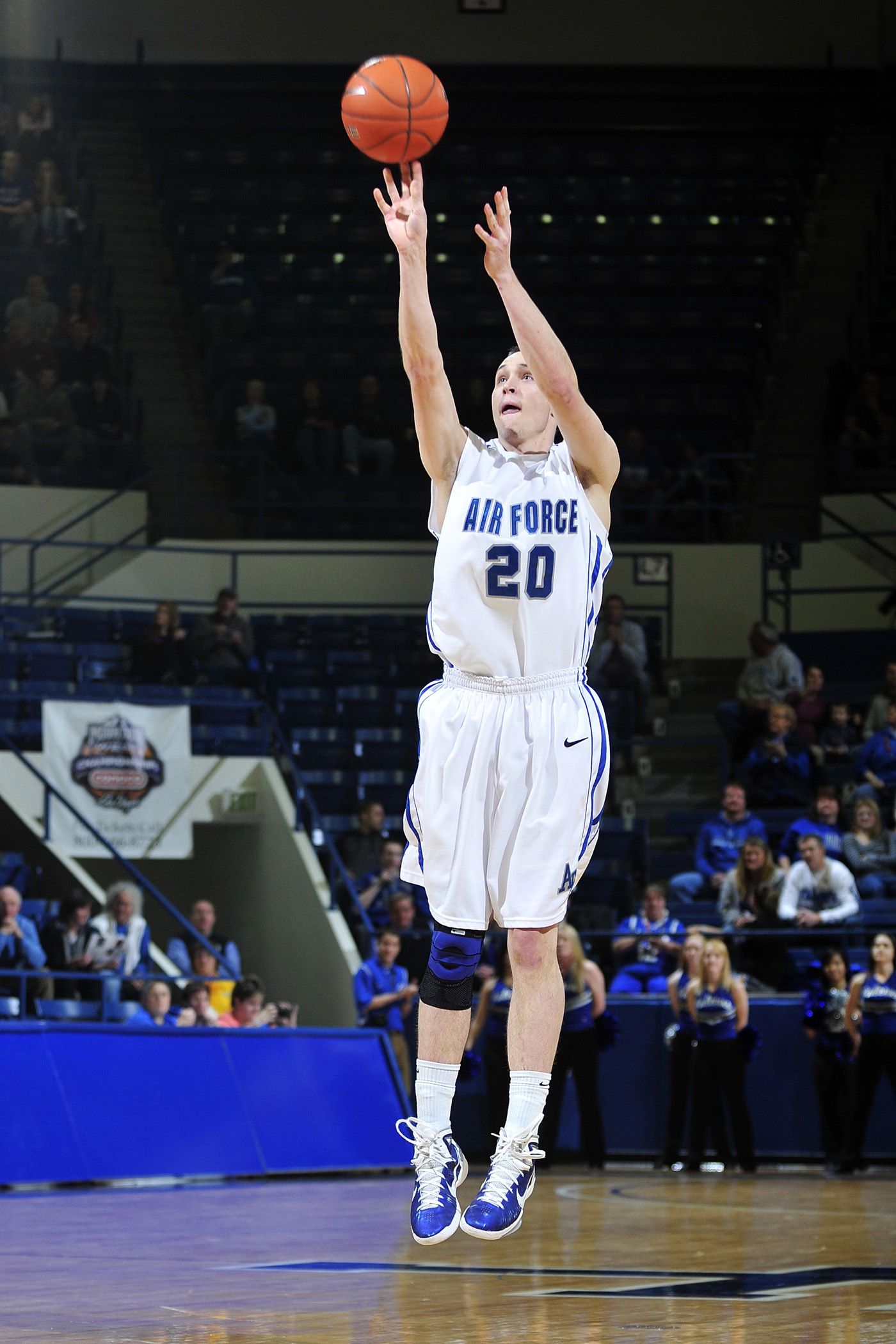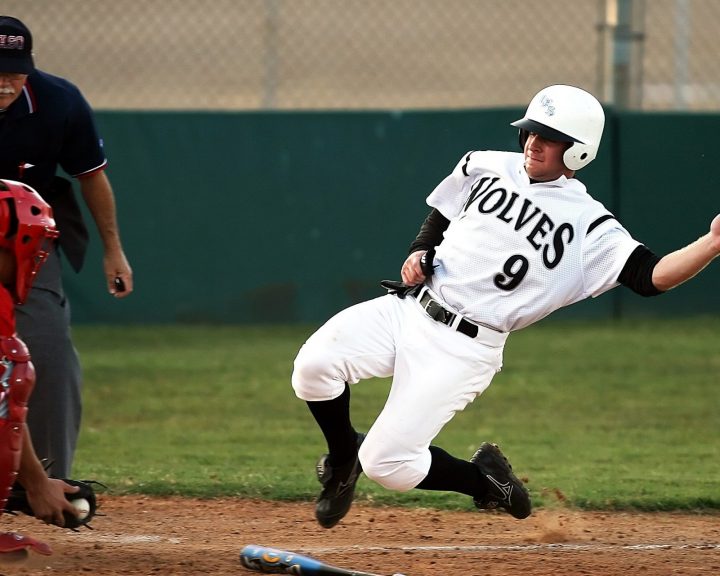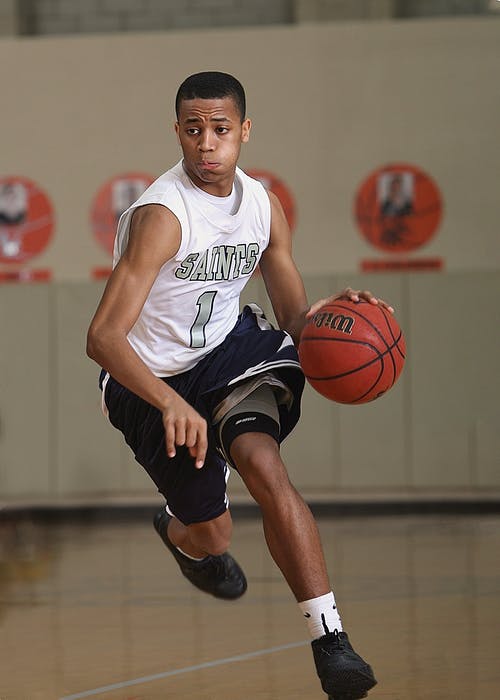Agility is probably one of the most difficult things to coach and it’s one of the things most susceptible to hype and guruisms. This post is going to present some thoughts about agility training and sports. At the end of the day, the most difficult thing about coaching agility is that you have to understand the sport and its movement patterns.
Drills teach us to be better at drills:
The idea behind most agility drills is to take a component of the movements used in a sport and focus on it in an isolated context. In theory this could allow the athlete to learn and execute the skill with a high degree of competence and then apply it during the sport.
The challenge lies with the fact that we rarely take the skill and integrate it into the sport. By performing a drill involving a few cones, the athlete gets a lot better at that drill but has difficulty applying it to the sport where there are opponents, a ball, and unpredictability.
For example, we want our basketball forward to get better at shuffling while at the low post. So, we have him perform shuffle drills between cones for five yards. The challenge lies in the fact that during a game he has to get in front of a defender to have a chance of getting the ball, may have to dribble while shuffling, has to avoid the defender’s hands, and may need to pivot and make a shot. So the cone drill doesn’t really prepare our athlete for what they need to do in the game.
Ladders and dots don’t exist in sports:
There is a lot of cool equipment for working on “agility.” In theory this equipment works on this nebulous agility called “foot speed.” In other words, if my athlete is better at this equipment it will translate to the sport.
A few thoughts here. First, I get using the equipment especially if you are in a private setting and have to sell services. Second, it certainly makes the training more interesting. Finally, it makes athletes look really good to be able to go through dot and ladder drills quickly on social media.
Here’s the problem, these things don’t exist in sports. I’m also going to argue that the strategies for performing these drills may actually teach motor patterns that we don’t see in the sport. For example, how many times do you see athletes go through ladder drills on their toes? If my baseball or basketball players try to react to a situation while on their toes they are going to be in trouble.
Agility is sport- and situational-specific:
This is where I disagree with a lot of people. For me, we define agility incorrectly. For most of us it’s the ability to change directions. Or it may be a set of movements (like shuffle, start, stop). To me it’s the ability to apply strength and conditioning to sports situations, in other words it’s the summation and application of our physical abilities. If agility is about sport and situations, then it’s very important to put that training in that context.
Sports are unpredictable:
We play the games because anything can happen once the game starts. All the athletes are people, which means we can never predict how they will perform. The environment impacts performance. And then there’s another team to factor in. All this makes sports messy, chaotic, and unpredictable. This goes back to why it is important to simulate this in training. Perfectly scripted and executed drills don’t prepare athletes for the reality of sports.
We play against opponents and with a ball:
If there were no opponents then we would not need agility, we could just run in a straight line to where we want to go. But, opponents, the ball, and our own team mates change everything – now there are obstacles. Because these other factors exist, we have to account for them with our agility training. Agility training using an artificially constrained environment (like two cones) that does not include the chaos inherent to sports is not going to transfer very well.




